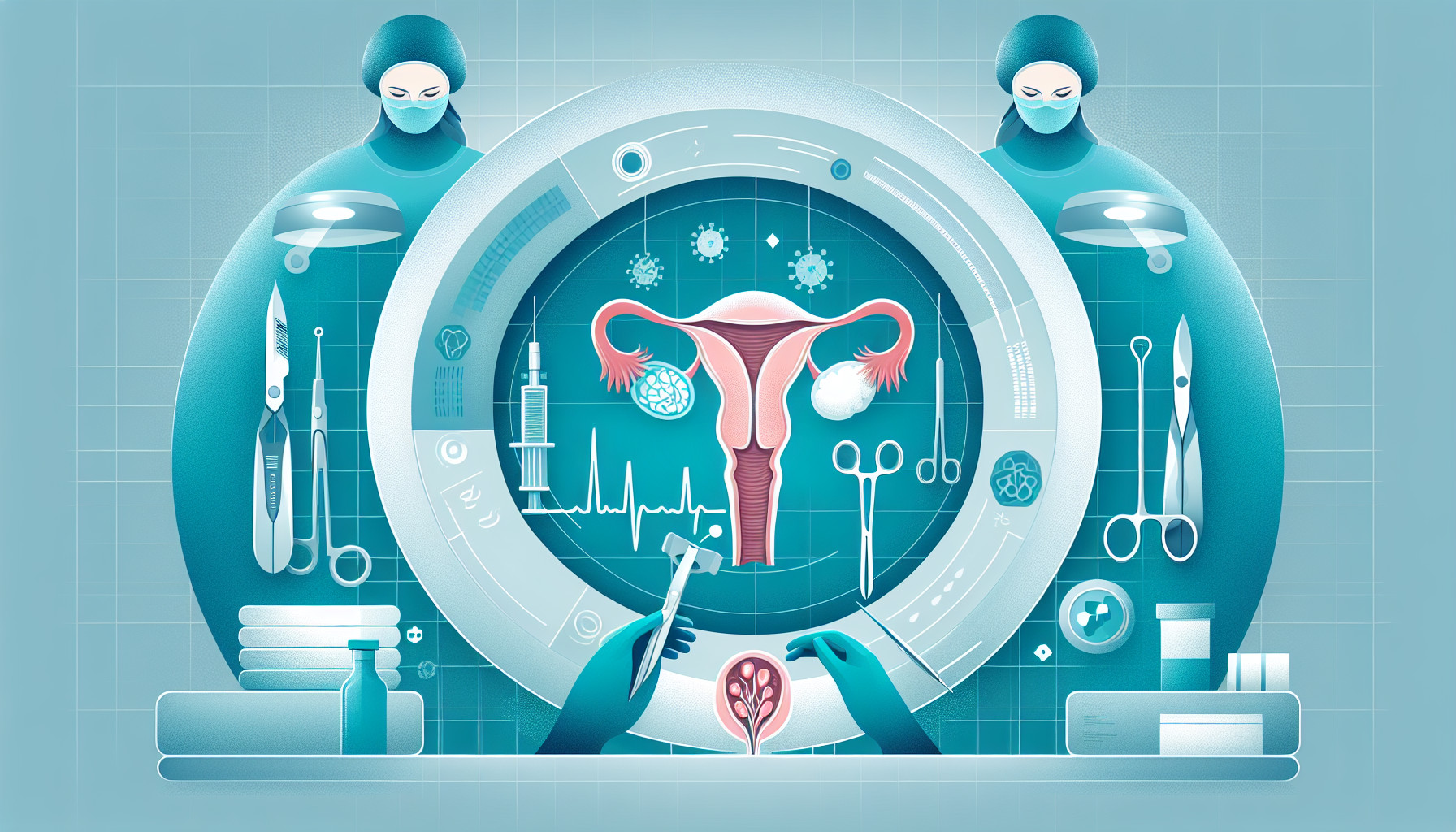Our Summary
This research paper looked at the recurrence of dermoid cysts in ovaries after surgery. Dermoid cysts are a type of benign tumor that are often seen in women of reproductive age. The researchers looked at 102 women who had surgery to remove these cysts, either through a less invasive method called laparoscopy or a more traditional surgery called laparotomy.
The women were followed up for an average of about 6 years after their surgery. The researchers found that the rate of needing another surgery for dermoid cysts was about the same for women who had laparoscopy or laparotomy. However, the rate of finding more cysts on ultrasound after surgery was significantly higher for women who had laparotomy compared to those who had laparoscopy.
The researchers also found that other factors such as the woman’s age, the size of the cyst, whether the cyst had twisted (torsion), whether the cyst had burst during surgery (spillage), how much blood was lost during surgery, whether there were adhesions (scar tissue) in the abdomen, and whether the woman had a fever after surgery did not affect the chance of the cysts coming back.
In conclusion, the researchers suggested that the type of surgery could affect the chance of cysts being found again on ultrasound, but not the chance of needing another surgery to remove cysts.
FAQs
- What were the findings of the study regarding the recurrence rate of dermoid cysts between laparoscopy and laparotomy?
- What factors were investigated as potential risk factors for the recurrence of dermoid cysts?
- How common is the ultrasound recurrence of dermoid cysts after surgery?
Doctor’s Tip
A helpful tip a doctor might tell a patient about ovarian cyst removal is to follow up regularly with ultrasound exams to monitor for any signs of recurrence. This can help catch any potential issues early and allow for prompt treatment if needed. Additionally, maintaining a healthy lifestyle and discussing any concerns or symptoms with your healthcare provider can also help in managing ovarian cysts effectively.
Suitable For
Patients who are typically recommended ovarian cyst removal include those with large cysts that are causing symptoms such as pelvic pain, bloating, or pressure. Additionally, patients with cysts that are suspicious for cancer or are causing complications such as torsion (twisting) or rupture may also be recommended for removal. Recurrence of dermoid cysts may be more common in patients who undergo laparotomy compared to laparoscopy, so the surgical approach may also be a factor in determining the need for removal.
Timeline
Before ovarian cyst removal:
- Patient may experience symptoms such as pelvic pain, bloating, and changes in menstrual cycle
- Patient may undergo imaging tests such as ultrasound or MRI to diagnose the ovarian cyst
- Patient may be advised to monitor symptoms and may be prescribed pain medication
After ovarian cyst removal:
- Patient undergoes laparoscopic or laparotomy cystectomy surgery
- Patient is discharged and instructed to undergo yearly ultrasound exams for monitoring
- Follow-up phone call is conducted to assess need for additional surgery or suspicion of cyst recurrence
- Rates of recurrent surgery and ultrasound recurrence are evaluated
- Factors such as age, cyst diameter, diagnosis of torsion, intraoperative cyst spillage, and postoperative fever are considered for recurrence risk assessment
What to Ask Your Doctor
- What is the recommended surgical approach for removing my ovarian cyst (laparoscopy or laparotomy)?
- What are the risks and benefits associated with each type of surgery?
- What is the likelihood of the ovarian cyst recurring after surgery?
- How often should I have follow-up ultrasounds to monitor for recurrence?
- Are there any specific factors that may increase my risk for recurrence of the ovarian cyst?
- What symptoms should I watch for that may indicate the cyst has recurred?
- If the cyst does recur, what are the treatment options available?
- How will the recurrence of the cyst be managed differently based on the surgical approach used for the initial removal?
- Are there any lifestyle changes or preventive measures I can take to reduce the risk of recurrence?
- Are there any long-term implications or effects of having ovarian cysts removed, particularly in relation to recurrence?
Reference
Authors: Bliman-Tal Y, Rabinovich I, Pekar-Zlotin M, Melcer Y, Eisenberg N, Smorgick N. Journal: Isr Med Assoc J. 2022 Aug;24(8):520-523. PMID: 35972012
